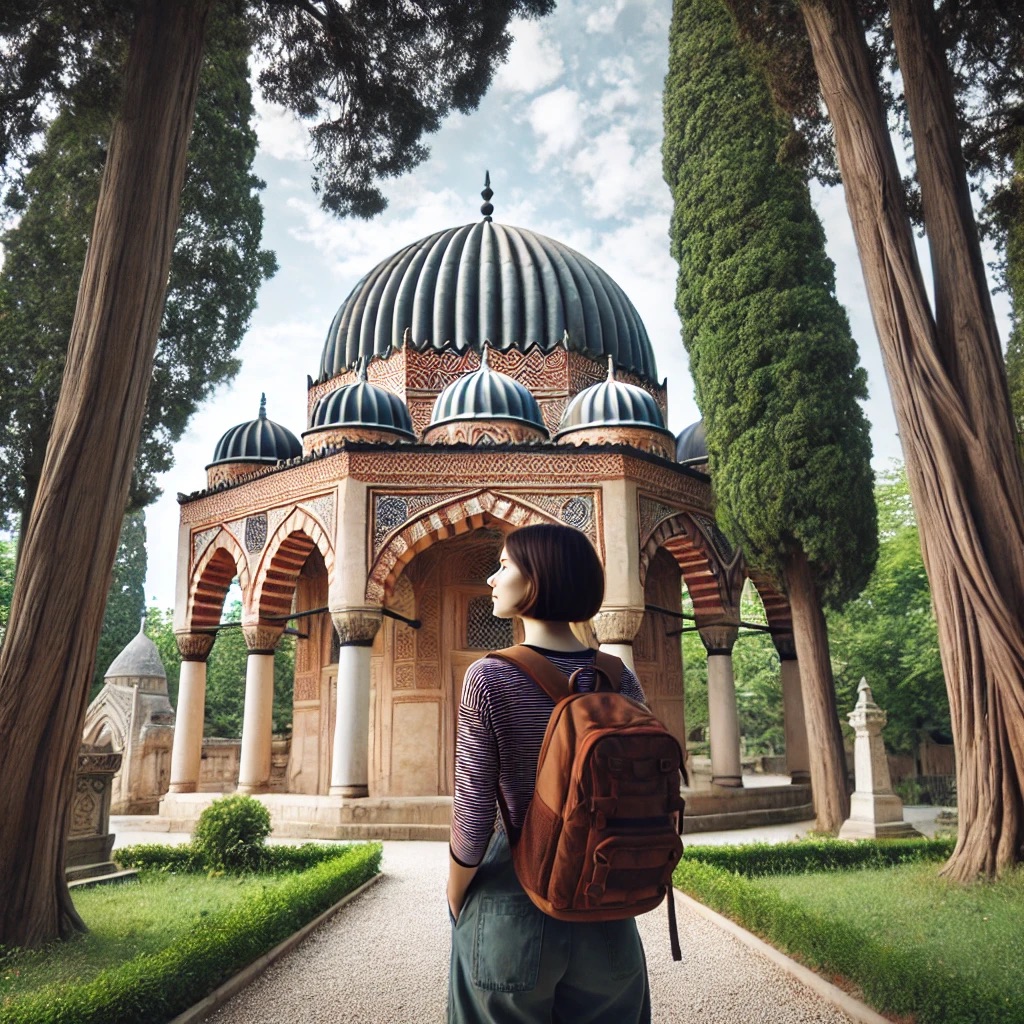ChatGPT:
Bursa, located in northwestern Turkey, is a vibrant city known for its rich historical significance, natural beauty, and as a key center of the Ottoman Empire. Often called “Green Bursa” due to its numerous parks and gardens, the city is surrounded by lush greenery and the towering Uludağ Mountain, a popular destination for skiing and hiking.
Historically, Bursa was the first major capital of the Ottoman Empire, and many Ottoman-era landmarks remain. The Grand Mosque (Ulu Cami), with its intricate calligraphy and 20 domes, and the Green Mosque (Yeşil Cami), famous for its turquoise tile work, are notable architectural highlights. The city is also home to several mausoleums of Ottoman sultans and other historic buildings.
Bursa is a significant cultural and culinary hub as well, particularly known for its Iskender kebab, a dish of thinly sliced lamb served with yogurt and tomato sauce over pita bread. The city is also renowned for its silk production and the covered bazaars, which harken back to its importance on the Silk Road.
Additionally, Bursa is famous for its thermal baths, thanks to the natural hot springs in the area, especially in the district of Çekirge. The city’s proximity to Uludağ Mountain also makes it a favorite winter destination for skiing. Combining natural beauty with historical and cultural richness, Bursa is a unique blend of the old and new Turkey.
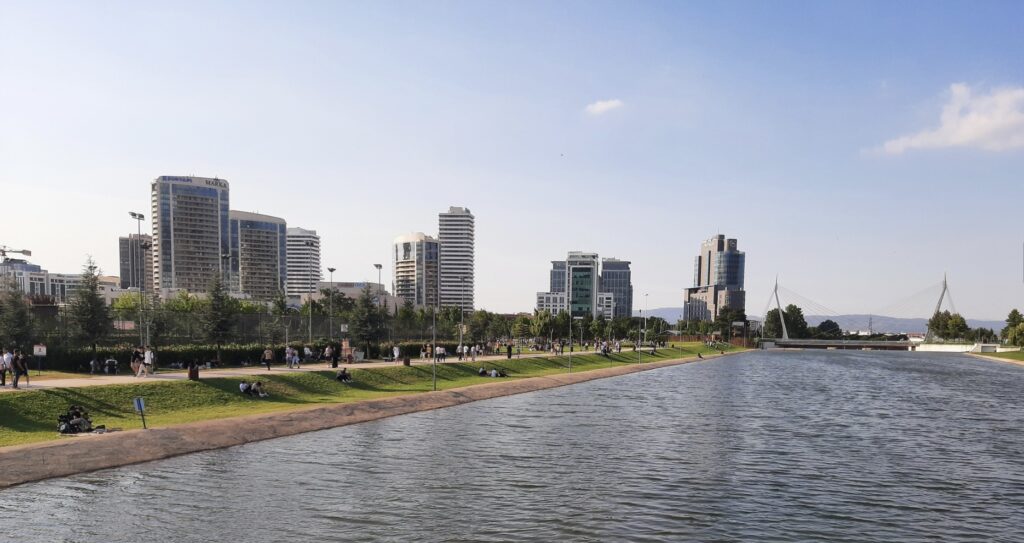
Bursa has a deep and complex history that stretches back thousands of years, contributing to its cultural and architectural richness today.
Origin and Early History
The area around Bursa was first settled in prehistoric times, with evidence of early human habitation dating back to the Neolithic period. However, the recorded history of the city begins with its establishment in the 3rd century BCE by the Bithynians, an ancient Thracian people. The city was named Prusa after its founder, King Prusias I of Bithynia, who ruled from around 228–182 BCE. Located at the foot of Uludağ Mountain, Bursa benefited from natural defenses and fertile lands.
During the Roman period, Bursa became part of the Roman Empire and later the Byzantine Empire after the division of Rome. Though a significant city in Byzantine times, Bursa was often under threat from various invaders due to its strategic location.
Ottoman Period and Development
Bursa’s transformation into a key center of the Ottoman Empire marks a crucial point in its history. In 1326, the city was conquered by Orhan Bey, the second ruler of the nascent Ottoman Empire, and it became the first major capital of the Ottoman state. This conquest laid the groundwork for Bursa’s transformation into a political, commercial, and cultural hub.
As the Ottoman Empire grew, Bursa became a vital center for trade, especially as a key stop along the Silk Road. The city’s growth was marked by the construction of iconic religious and civic structures, including mosques, madrasas (Islamic schools), bathhouses, and caravanserais (roadside inns). The Grand Mosque (Ulu Cami), built in the late 14th century, and the Green Mosque (Yeşil Cami) and Green Tomb (Yeşil Türbe) from the early 15th century, exemplify early Ottoman architecture.
During this period, Bursa became renowned for its silk trade and the production of fine textiles. Bursa silk was sought after across the Ottoman Empire and beyond, contributing to the city’s wealth. The city’s covered bazaars and caravanserais, like the Koza Han, still stand as reminders of its role in international trade.
Post-Ottoman Era and Modernization
Though Bursa remained an important city after the Ottoman capital was moved to Edirne and later to Istanbul, it continued to thrive as a regional center for trade, culture, and industry. During the late Ottoman period, Bursa experienced modernization efforts, including the introduction of new industries and infrastructure.
After the founding of the Turkish Republic in 1923, Bursa adapted to the new economic and political environment. Its historical industries, especially silk production, began to modernize, and the city gradually became one of Turkey’s most industrialized cities. Today, Bursa is a significant center for automobile manufacturing and other industries, contributing to Turkey’s economy.
Cultural and Architectural Development
Bursa’s historical importance also helped shape its unique cultural and architectural landscape. Throughout its history, the city has been a melting pot of Byzantine, Seljuk, and Ottoman influences, with a rich Islamic heritage. Its numerous mosques, tombs, and public buildings are prime examples of early Ottoman architecture, which blends Islamic and Byzantine styles with local traditions.
Modern Bursa
Today, Bursa is a major city in Turkey, with a population of over 3 million people. It is known for its blend of modern industry and historical charm, where its industrial sector, particularly in automotive and textiles, flourishes alongside a rich heritage of Ottoman architecture and cultural landmarks.
Bursa’s role as a tourist destination has grown, with visitors attracted to its historical sites, natural beauty (such as Uludağ Mountain, a popular skiing destination), and thermal springs. The city’s cultural and culinary traditions, including its famous Iskender kebab, also draw many domestic and international tourists.
In 2014, Bursa and the nearby village of Cumalıkızık were designated as UNESCO World Heritage Sites in recognition of their historical significance and well-preserved Ottoman architecture. This status has helped boost the city’s tourism industry and its commitment to preserving its rich cultural heritage.
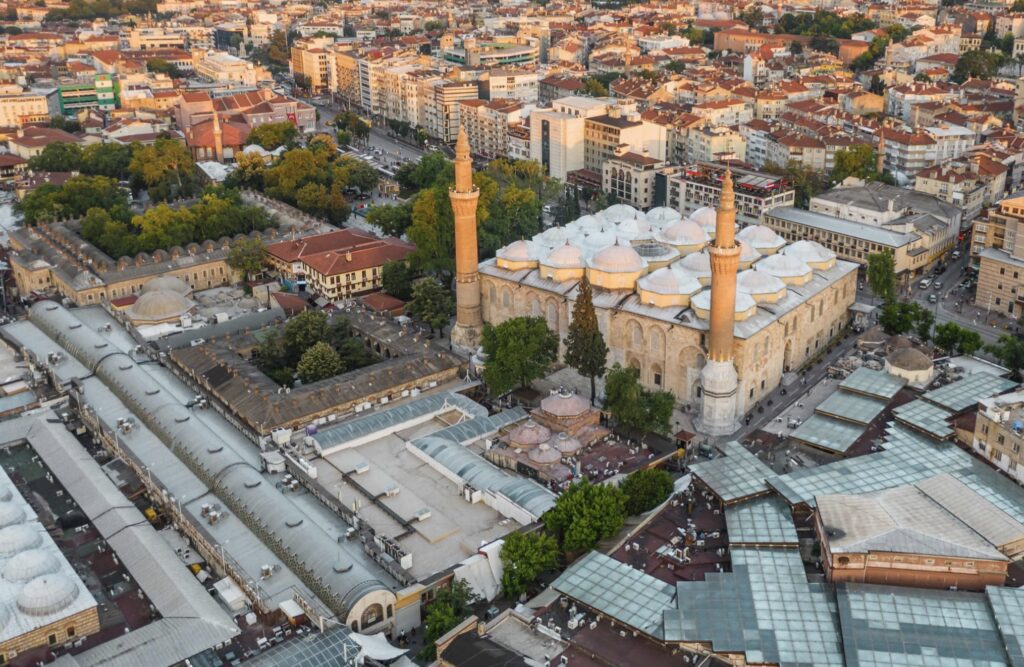
Bursa is home to a wealth of historical monuments and tourist attractions, reflecting its rich cultural and architectural heritage, particularly from the Ottoman era. Here’s a list of some of the most notable ones:
Historical Monuments:
- Grand Mosque (Ulu Cami) – A stunning example of early Ottoman architecture, this mosque was built between 1396 and 1399. It is known for its 20 domes and beautiful calligraphy inside.
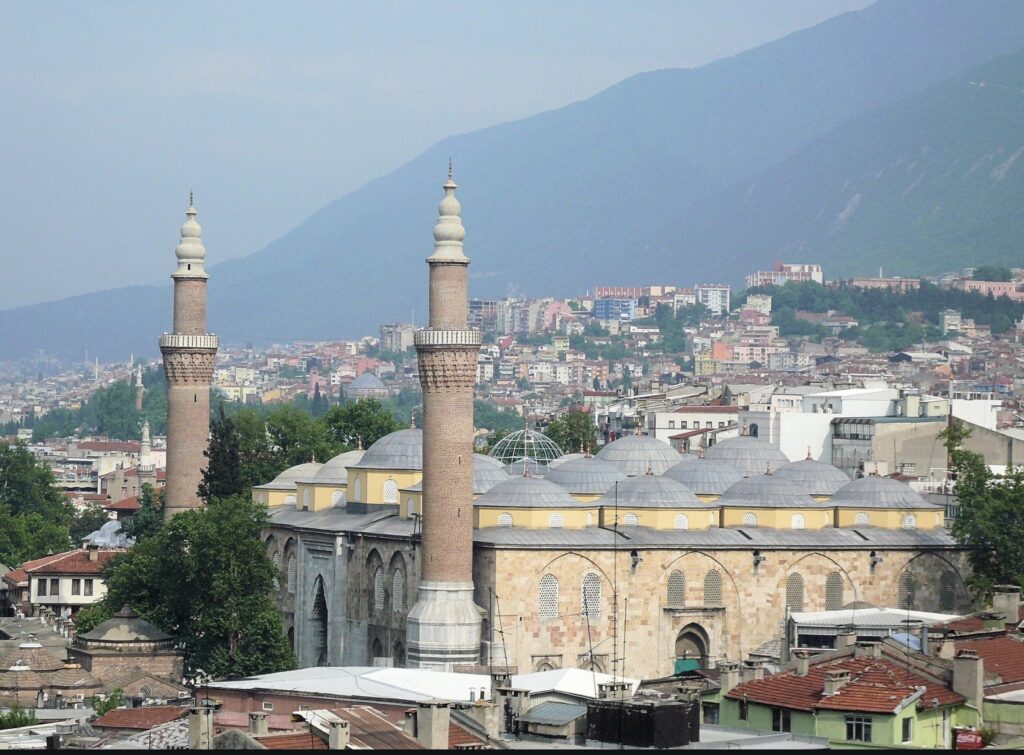
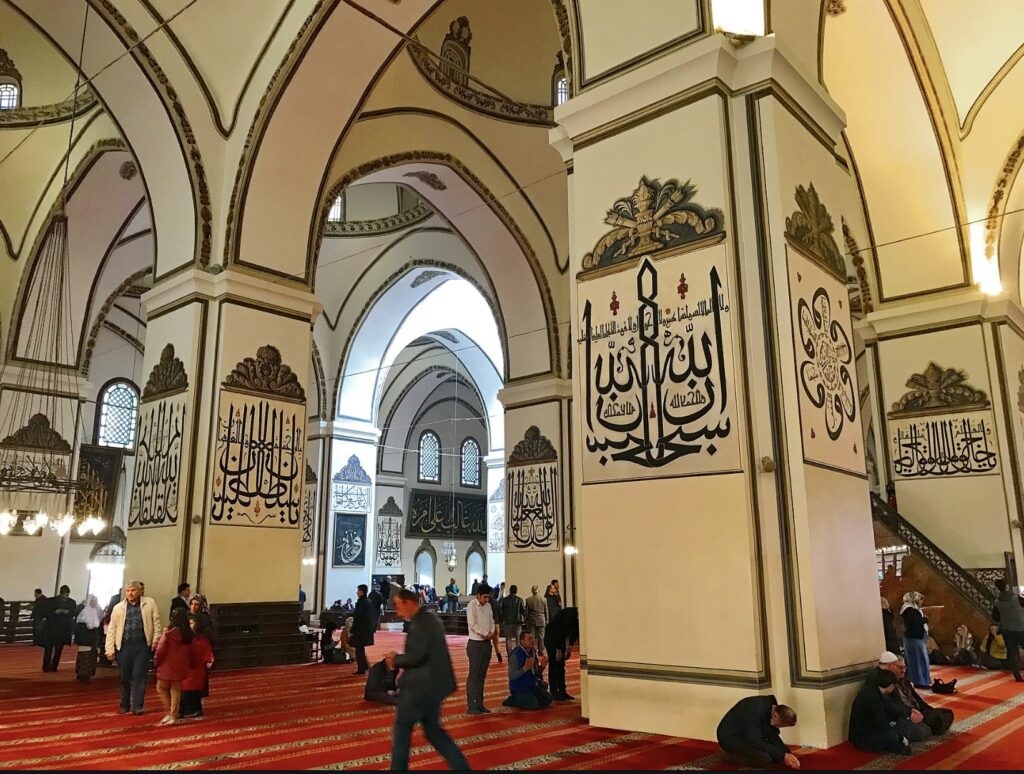
- Green Mosque (Yeşil Cami) – Built in 1421, this mosque is renowned for its intricate tile work in shades of green and turquoise, representing one of the finest examples of Ottoman decorative arts.
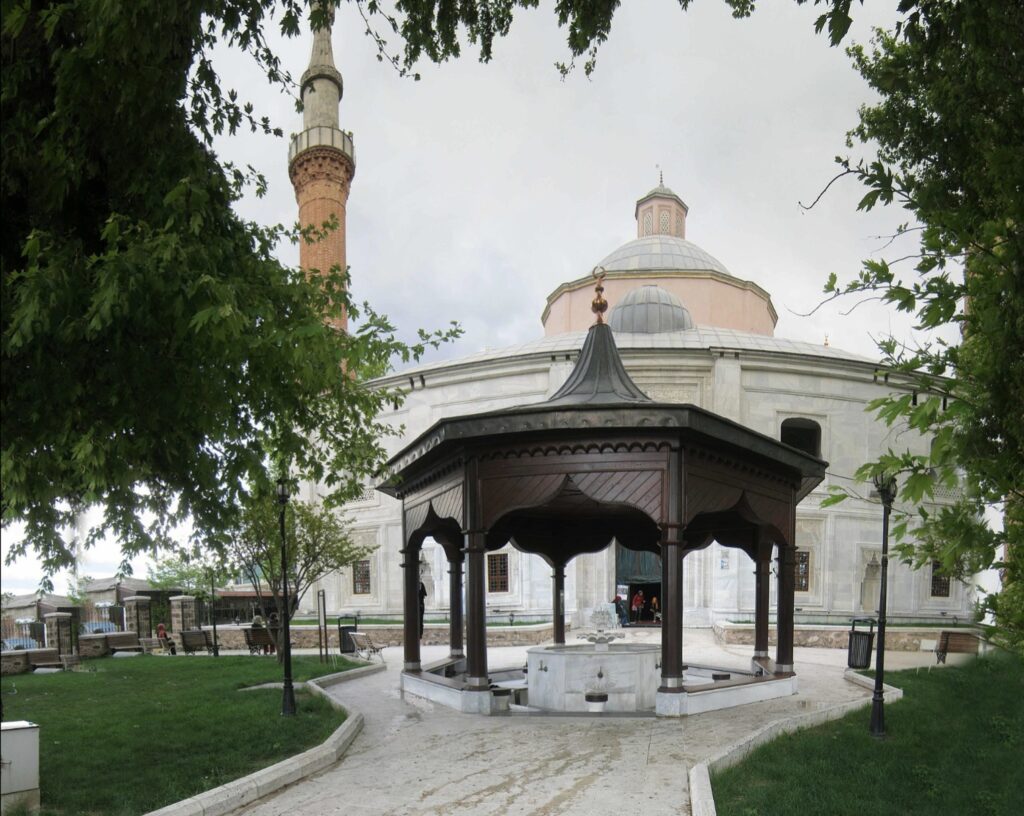
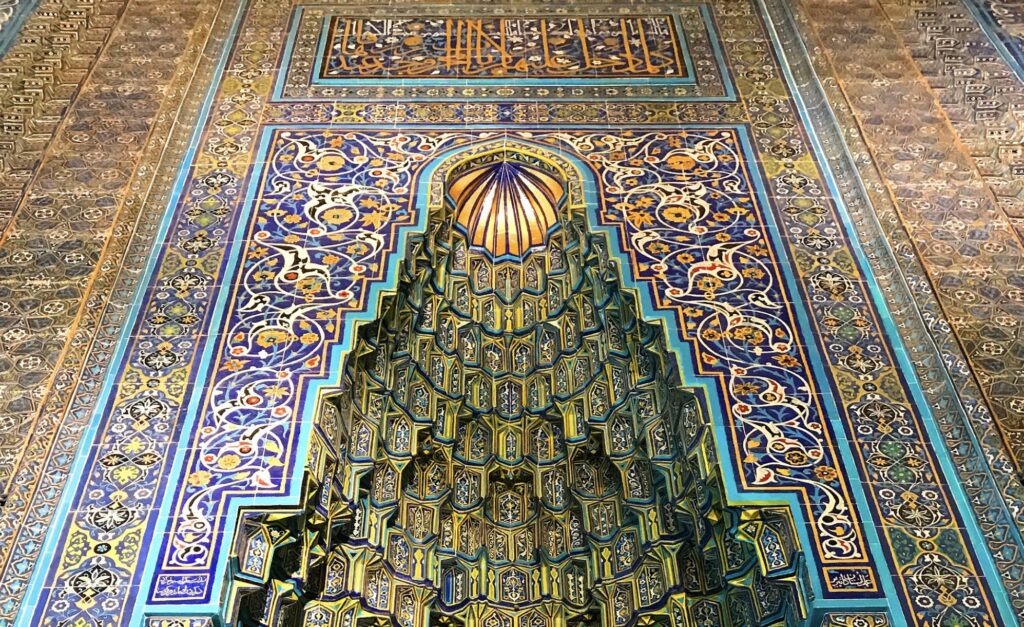
- Green Tomb (Yeşil Türbe) – The mausoleum of Sultan Mehmed I, located near the Green Mosque, features remarkable Iznik tiles, particularly in green and blue, and is a significant Ottoman landmark.
- Emir Sultan Mosque and Complex – This complex, dedicated to Emir Sultan, an important religious figure in the Ottoman era, includes a mosque, tomb, and public bath (hamam), all of which showcase classical Ottoman architecture.
- Koza Han – This historical caravanserai in the city center was once the hub for the silk trade in Bursa. Built in 1491, it still functions today as a lively marketplace with shops selling silk products.
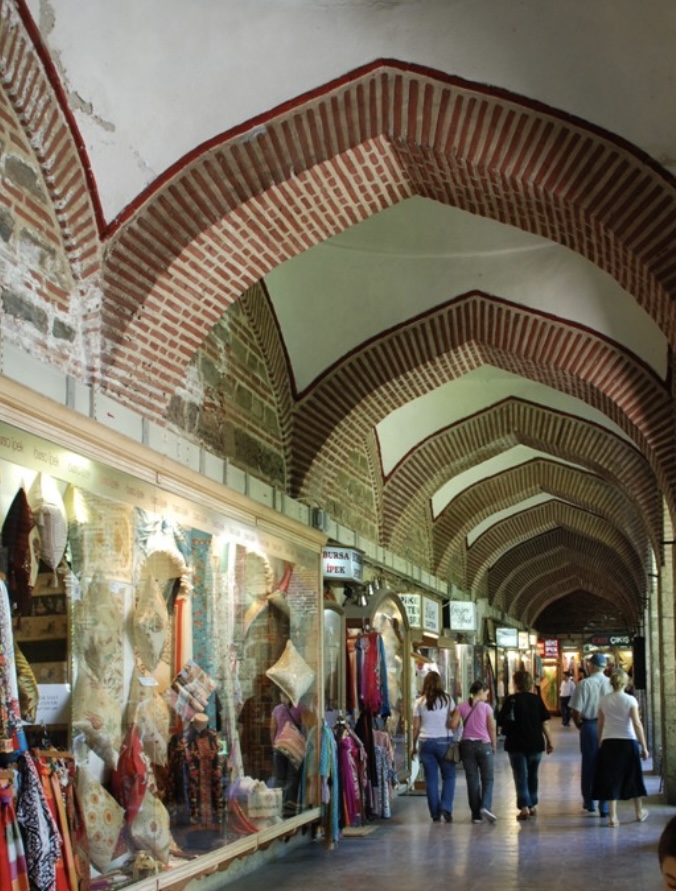
- Muradiye Complex (Muradiye Külliyesi) – A religious and social complex built by Sultan Murad II in the mid-15th century. It includes a mosque, madrasas, and the tombs of Ottoman sultans and royal family members.
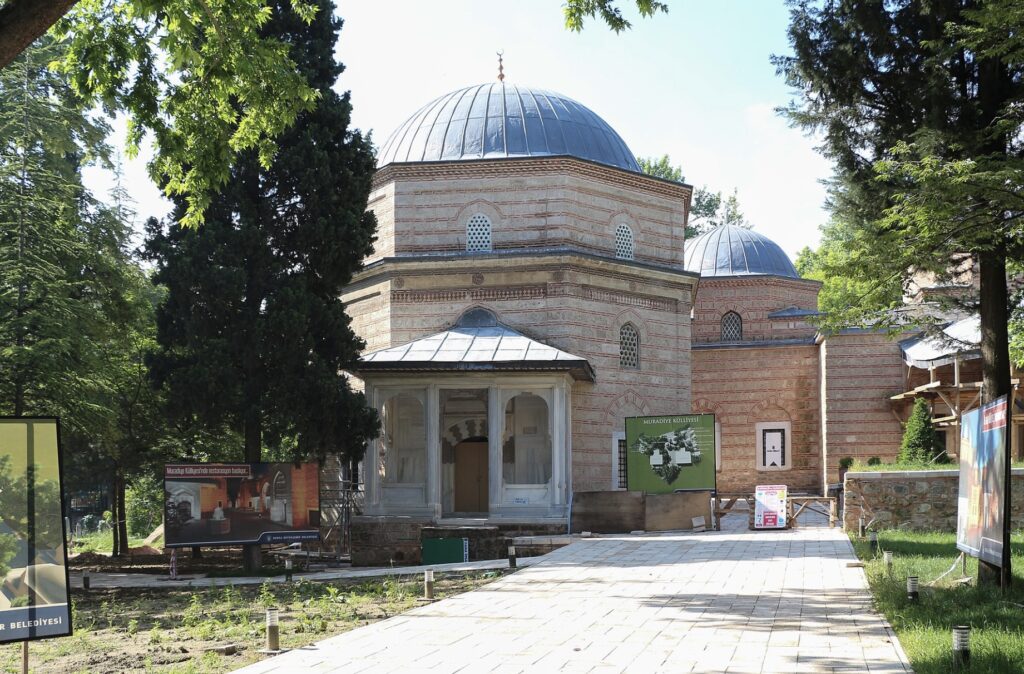
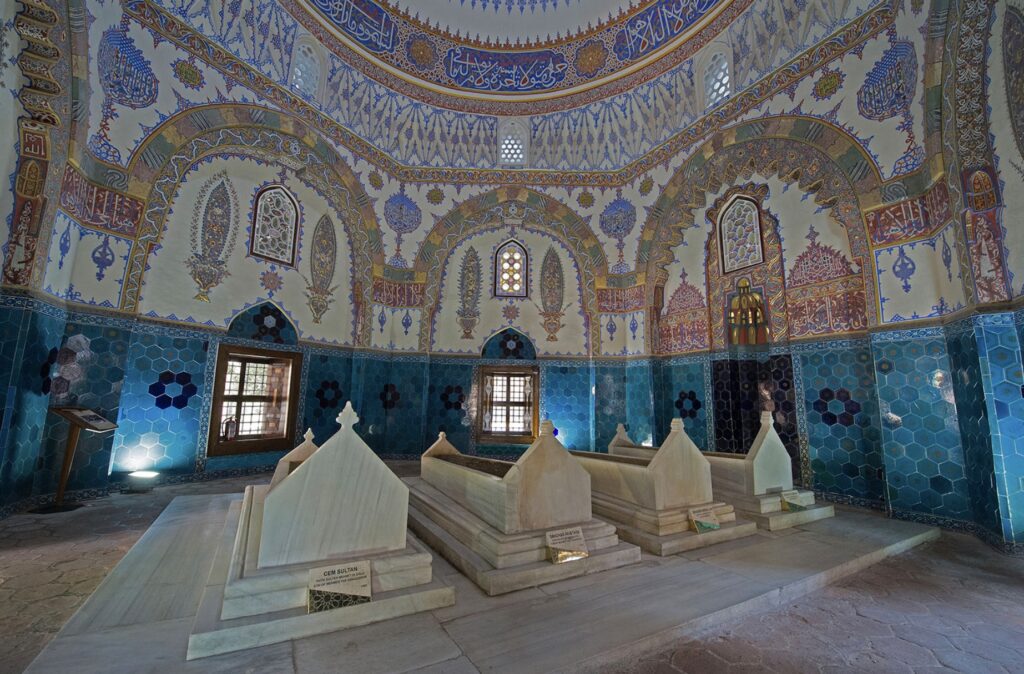
- Orhan Gazi Mosque – Built by Orhan Gazi, the second Ottoman ruler, this mosque reflects the transition between Seljuk and early Ottoman architectural styles.
- Bursa City Walls – Dating back to the Byzantine and early Ottoman periods, parts of the ancient city walls still stand today, providing a glimpse into the city’s defensive structures.
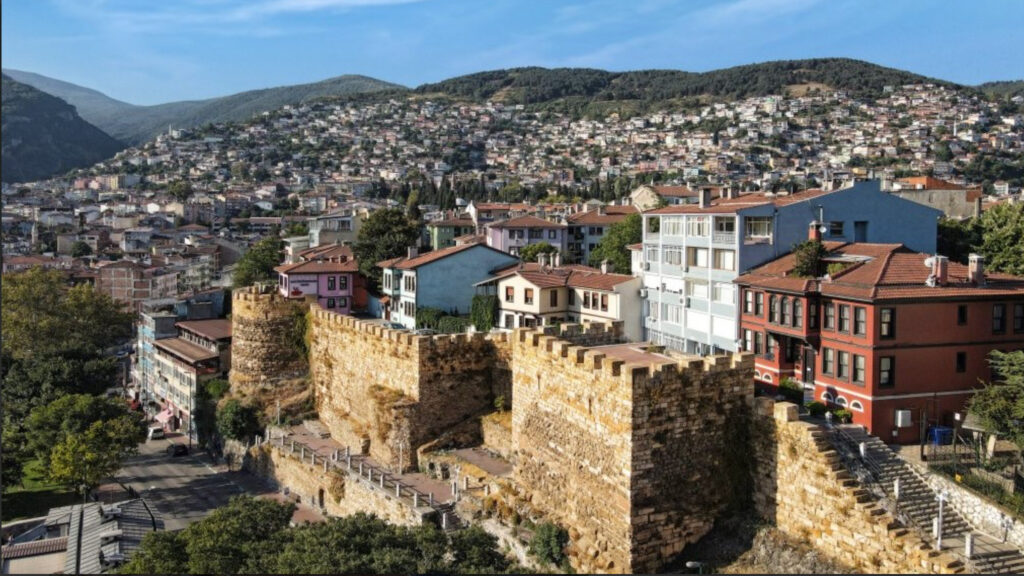
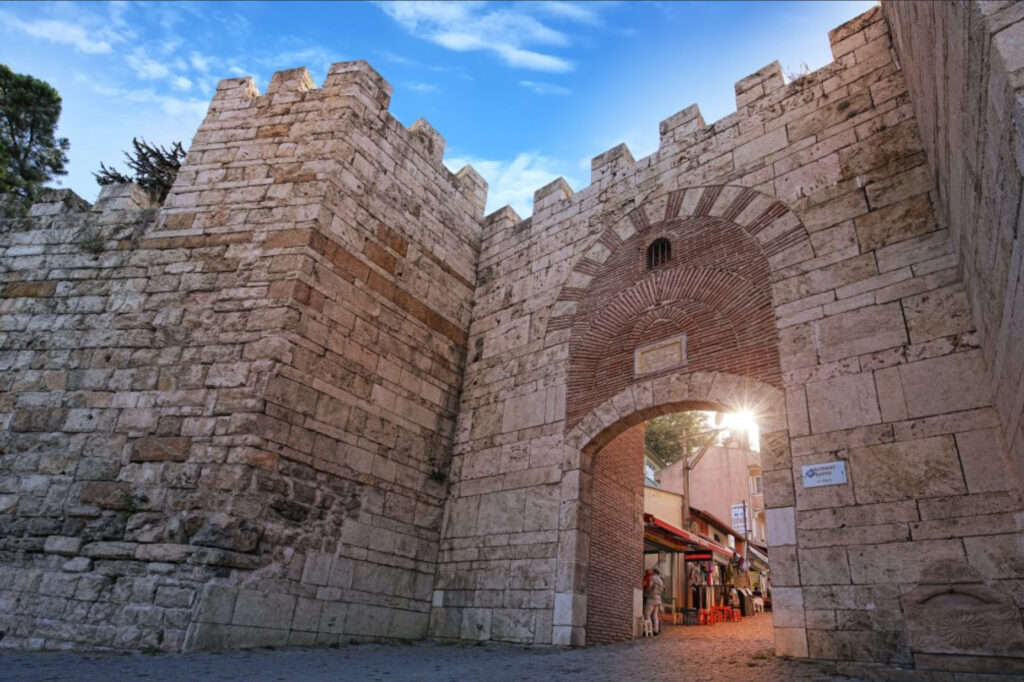
Tourist Attractions:
- Uludağ Mountain – A popular destination for skiing in winter and hiking in summer, Uludağ is also famous for its national park, cable cars, and beautiful views of the city and surrounding region.
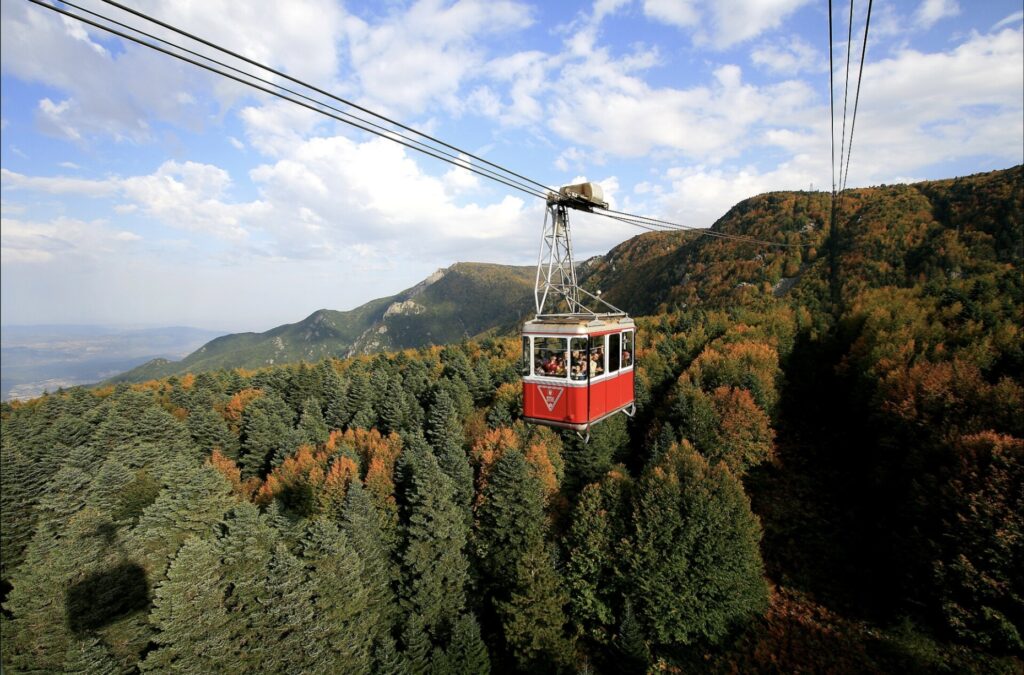
- Cumalıkızık Village – A UNESCO World Heritage Site, this well-preserved Ottoman village near Bursa showcases traditional Ottoman houses and offers a glimpse into rural life from centuries ago.
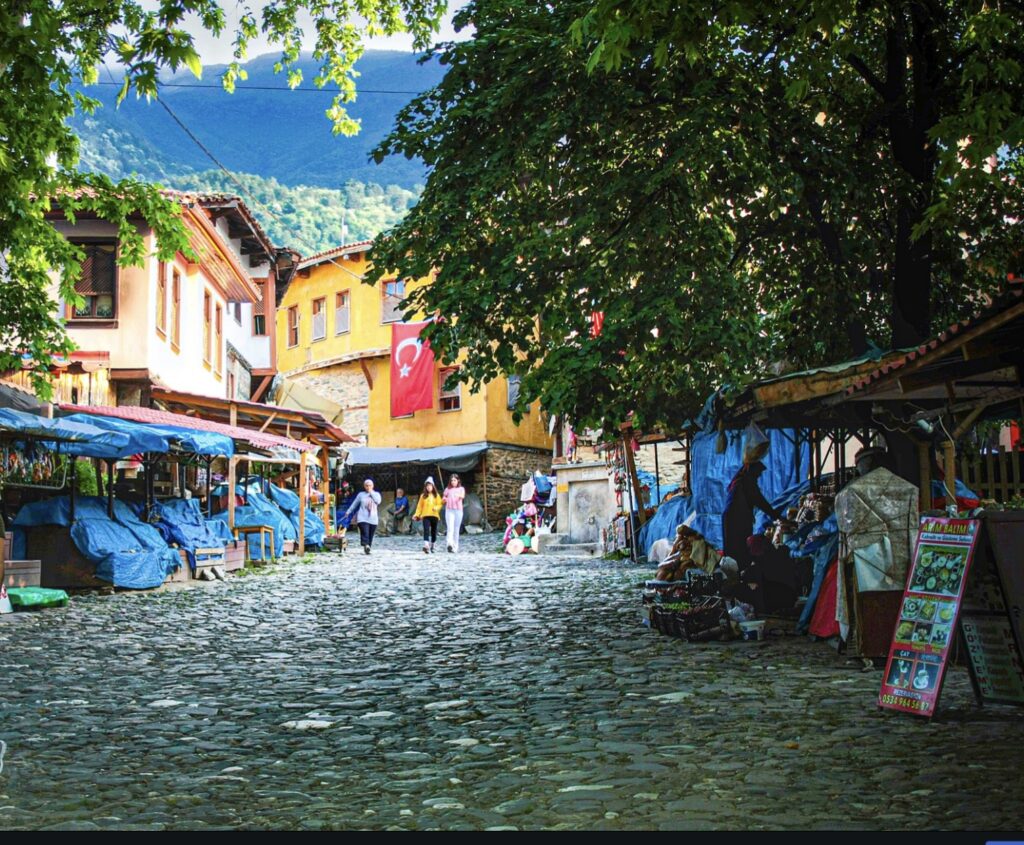
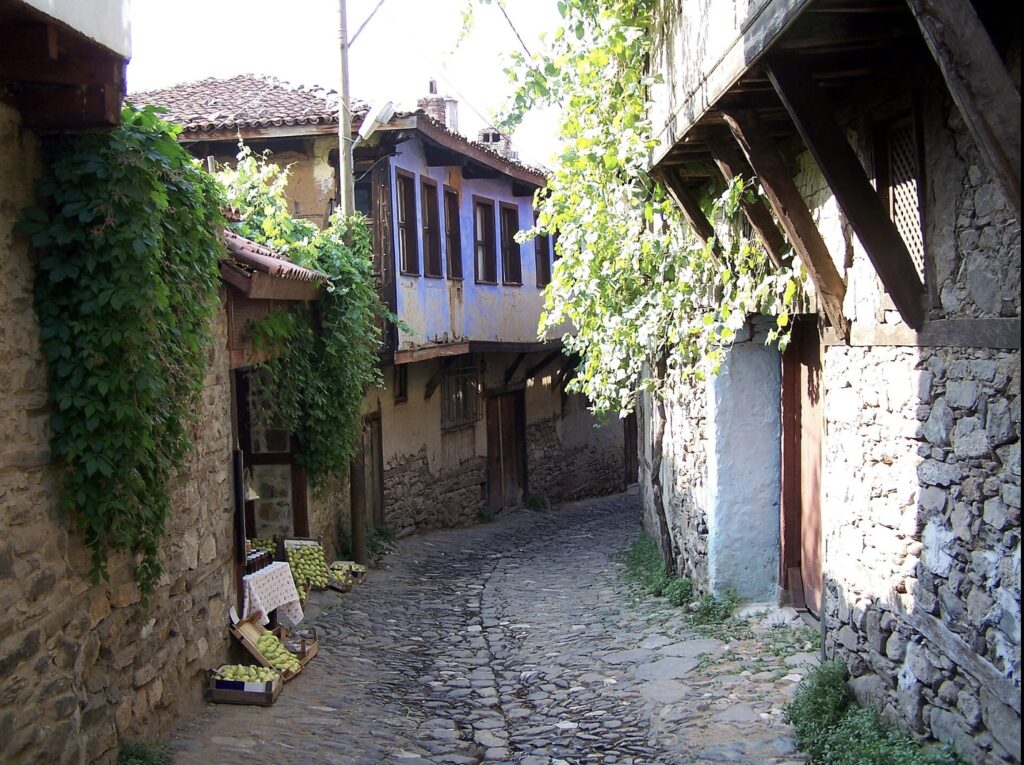
- Bursa Archaeological Museum – Exhibiting artifacts from various periods of Bursa’s history, including Roman, Byzantine, and Ottoman eras, this museum provides an in-depth look into the city’s archaeological heritage.
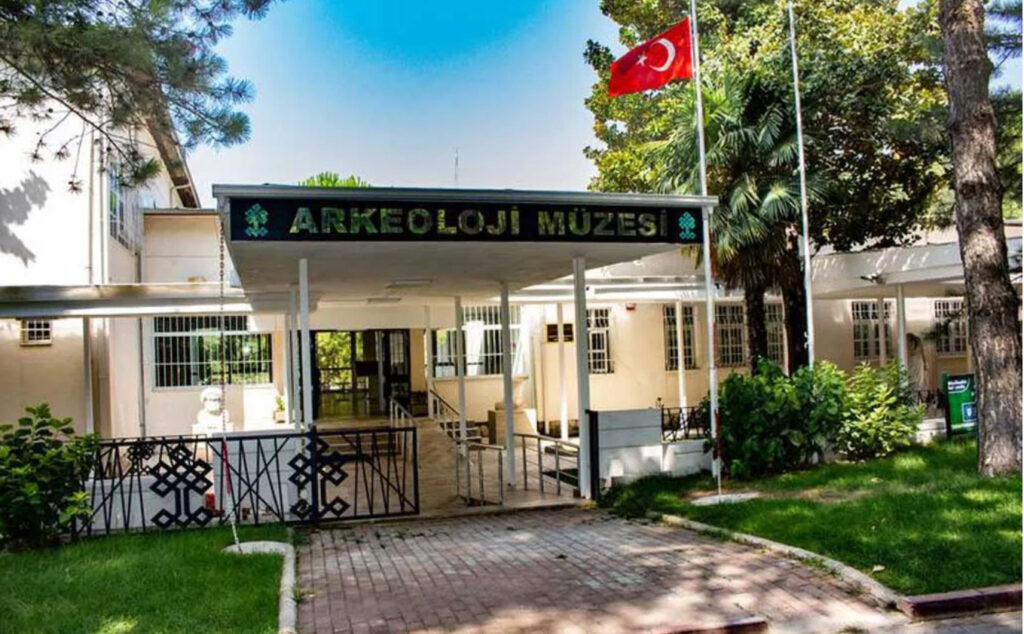
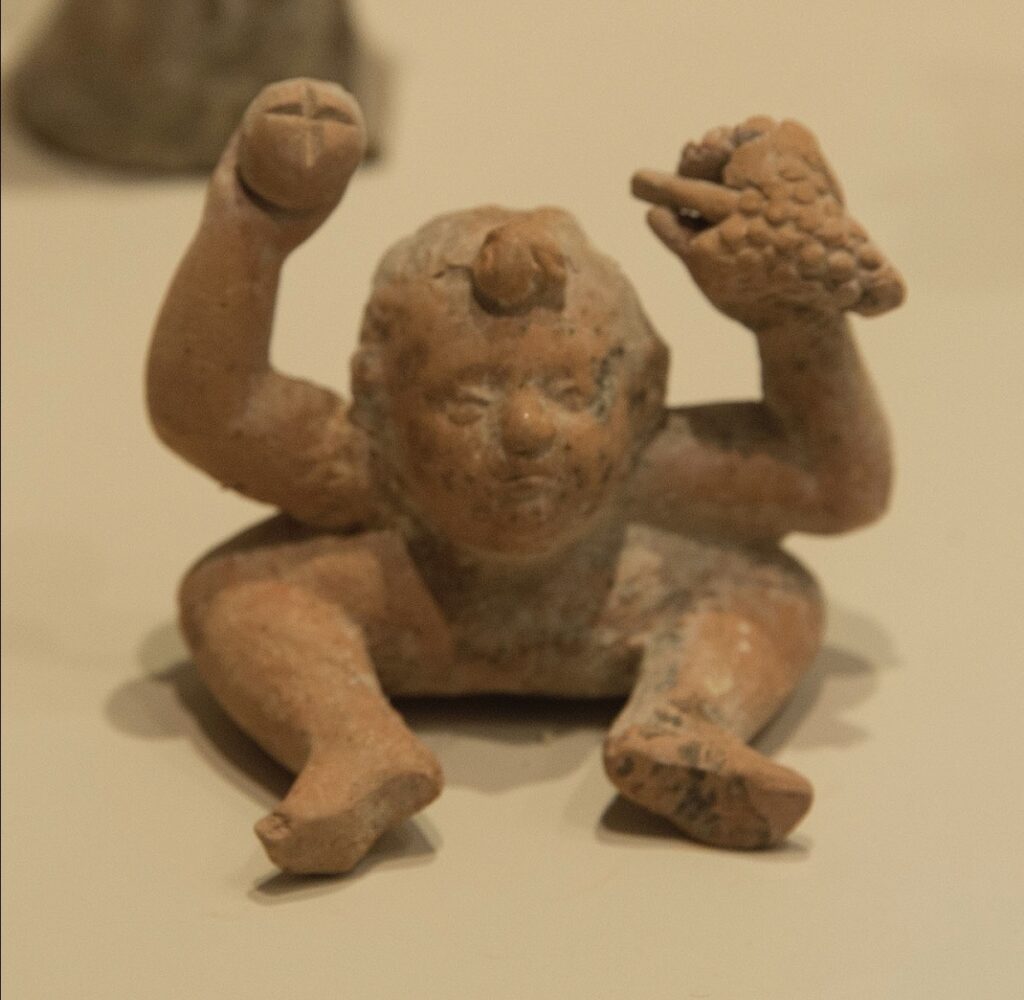
- Bursa Atatürk Museum – Once the house of Mustafa Kemal Atatürk, the founder of modern Turkey, this museum displays personal belongings and documents related to his life and leadership.
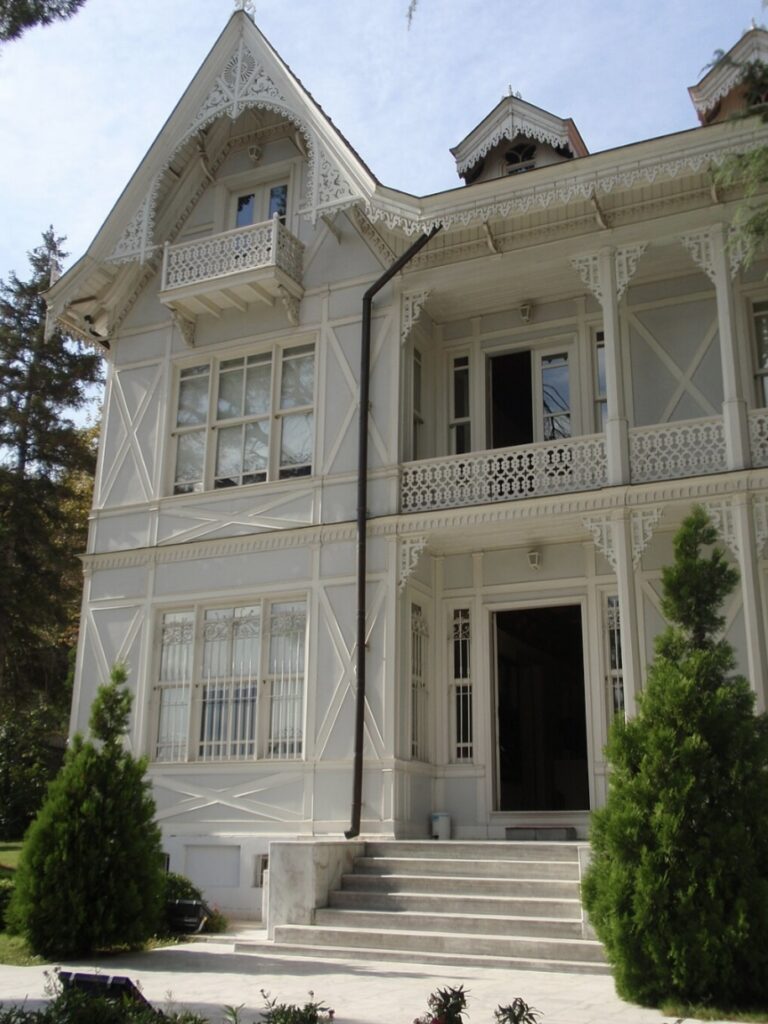
- Tomb of Osman Gazi and Orhan Gazi – The tombs of the founders of the Ottoman Empire, Osman I and his son Orhan, are located in the city and are considered highly symbolic to Turkish and Ottoman history.
- Tophane Clock Tower – Situated in Tophane Park, this tower offers panoramic views of Bursa and is located near the tombs of Osman and Orhan Gazi.
- Irgandı Bridge – An unusual and charming structure, Irgandı Bridge is a covered marketplace bridge dating back to the Ottoman era, lined with artisan shops.
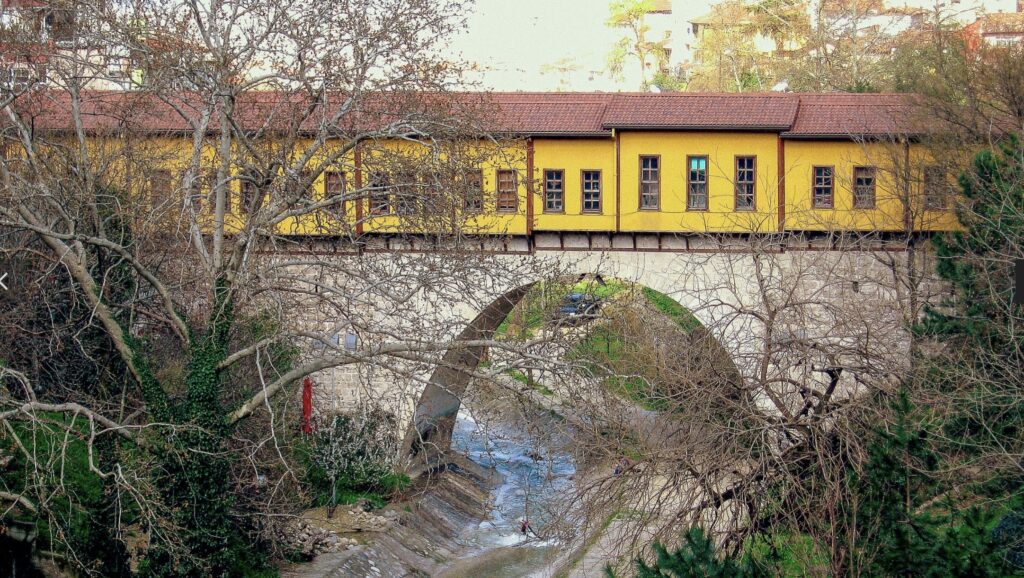
- Saitabat Waterfall – A natural attraction located near the city, popular for hiking and picnicking.
- Suuçtu Waterfall – Another beautiful waterfall located a bit farther from the city, offering a peaceful spot for nature lovers.
- Çekirge Thermal Baths – Bursa is famous for its thermal springs, and the Çekirge district is home to several historic baths, some dating back to Roman times, making it a perfect place to relax in natural hot springs.
These sites represent a mix of Bursa’s rich history, cultural heritage, and natural beauty, making it a diverse and fascinating city for visitors.
Here’s a suggested two-day itinerary for visiting Bursa, incorporating historical sites, natural beauty, local food specialties, and a unique accommodation in the city center.
Day 1: Exploring Historical Bursa
Morning:
- Breakfast at Kafkas Bakery – Start your day with a traditional Turkish breakfast featuring local pastries, olives, cheeses, honey, and simit (a sesame-crusted bread).
- Grand Mosque (Ulu Cami) – Visit this iconic mosque, known for its 20 domes and impressive calligraphy. Explore the surrounding area with its bustling market atmosphere.
- Koza Han – After the mosque, head to this historical caravanserai, once the center of the silk trade. You can shop for silk products or enjoy a Turkish coffee in the courtyard.
Lunch:
- Lunch at Kebapçı İskender – Taste the famous Iskender kebab, a local specialty named after its creator. Thinly sliced lamb served over pita bread with a tomato sauce, yogurt, and melted butter.
Afternoon:
- Green Mosque (Yeşil Cami) and Green Tomb (Yeşil Türbe) – Visit this stunning mosque and the mausoleum of Sultan Mehmed I. Admire the intricate tile work and Ottoman architecture.
- Emir Sultan Mosque and Complex – A short walk from the Green Mosque, explore this religious site, known for its spiritual atmosphere and impressive architecture.
Evening:
- Dinner at İnegöl Köfteci – Try İnegöl köfte, a type of Turkish meatball that originated in the region. This dish is served with fresh salads and yogurt, representing the local flavors.
Accommodation:
- Hotel: Kitapevi Hotel – A boutique hotel located in the city center, Kitapevi offers a charming blend of history and luxury. Set in a beautifully restored Ottoman mansion, it features uniquely decorated rooms and a cozy garden café. The hotel is centrally located, making it convenient for exploring the city’s attractions.
Day 2: Nature and Cultural Heritage
Morning:
- Breakfast at the hotel – Enjoy a traditional Turkish breakfast at Kitapevi’s garden café, with fresh bread, local cheeses, olives, and tea.
- Uludağ Mountain (via cable car) – Take the cable car up to Uludağ Mountain, a popular ski resort in winter and hiking destination in summer. Enjoy the stunning panoramic views of the city and lush landscapes. You can go for a short hike or simply relax at the top.
Lunch:
- Lunch at a mountain café – Enjoy a casual lunch on Uludağ, sampling local grilled meats, fresh salads, and cheeses from the region.
Afternoon:
- Cumalıkızık Village – After returning from Uludağ, visit this UNESCO-listed Ottoman village. The well-preserved cobblestone streets and traditional houses offer a glimpse into rural life during the Ottoman era. Stroll through the village, and if time permits, visit one of the local cafes for a drink.
Evening:
- Dinner at Uludağ Kebapçısı – To end your stay in Bursa, enjoy a meal at this renowned restaurant. Sample Pide (Turkish flatbread with various toppings) or another serving of Iskender kebab. Pair your meal with ayran, a traditional Turkish yogurt drink.
Additional Recommendations:
- If time permits, you may also want to visit one of Bursa’s famous thermal baths in the Çekirge district to relax after a day of sightseeing.
- Don’t miss trying Kemalpaşa dessert, a sweet cheese-based pastry soaked in syrup, which is a Bursa specialty. It’s a perfect way to end your trip!
This itinerary offers a balance of historical exploration, local cuisine, and natural beauty, making your two days in Bursa memorable.
